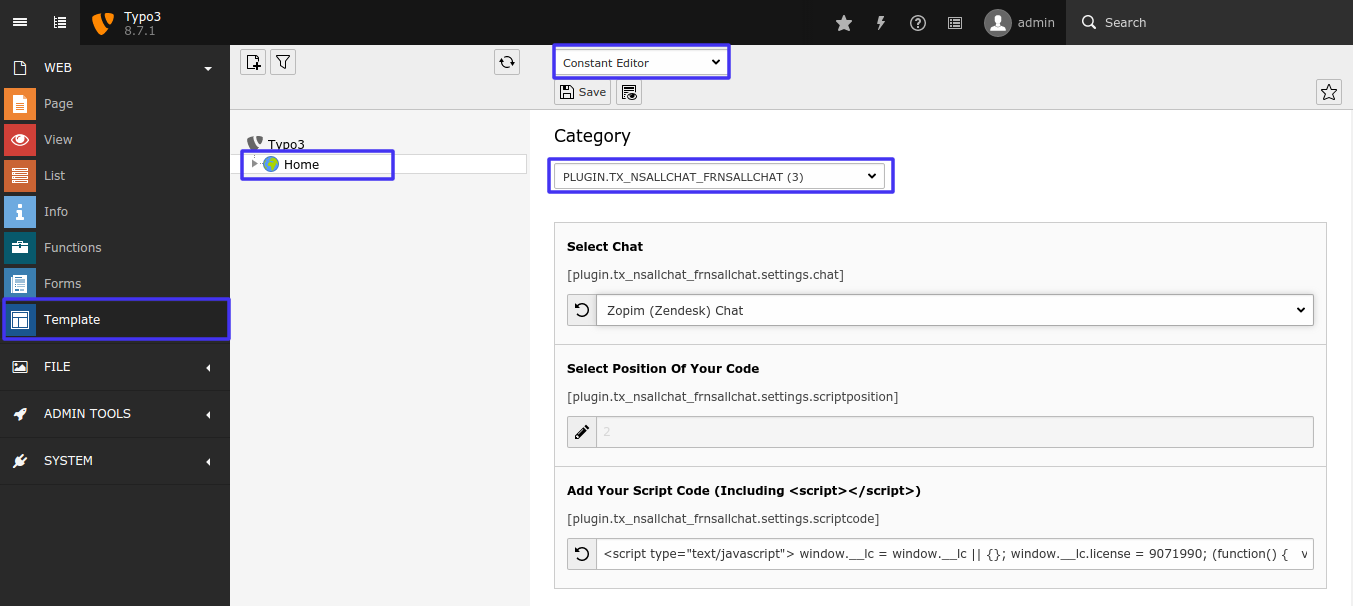- Livezilla 3 3 2 2 Setup Key For Windows 10
- Livezilla 3 3 2 2 Setup Key For Windows 10 Pro
- Livezilla 3 3 2 2 Setup Key For Windows Xp


Newer Windows 8 and Windows 10 PCs might require you to manually enable legacy boot mode in order to boot into older operating systems or bootable tools and utilities. However, when you’ve finished with those applications, it’s often necessary to re-enable UEFI booting to resume using your PC normally.
LiveZilla 3.1.8.3 - Multiple Cross-Site Scripting Vulnerabilities. Webapps exploit for PHP platform. Download LiveZilla Live Support Chat Software now We use cookies to personalise content and ads, to provide social media features and to analyse our traffic. We also share information about your use of our site with our social media, advertising and analytics partners who may combine it with other information that you've provided to them. OldVersion.com Points System. When you upload software to oldversion.com you get rewarded by points. For every field that is filled out correctly, points will be rewarded, some fields are optional but the more you provide the more you will get rewarded!
Contents
- 2 Enabling UEFI Boot Mode
What is Legacy Boot Mode
With newer Windows 8 PCs that are designed with UEFI support, the BIOS or firmware often has an option that specifies if the computer can boot into regular operating systems and recovery tools, or if it can boot exclusively into newer UEFI operating systems and environments. The regular way of booting into software and operating systems is called “Legacy Boot” and must sometimes be explicitly enabled/allowed in the BIOS settings. Legacy boot mode does not normally support partitions greater than 2TB in size, and can cause data loss or other problems if you try to use it normally.
Enabling UEFI Boot Mode
On PCs and laptops from most manufacturers, including Dell, HP, Asus, Acer, Toshiba, Lenovo, and more, Legacy Boot can be disabled or turned off from the EFI setup/configuration feature, available immediately after turning on your PC. If legacy boot mode (also known as “CSM boot”) is enabled, UEFI boot mode is automatically disabled or de-prioritized.
Below are instructions for turning off Legacy Boot on most PCs and laptops, as well as specific instructions for certain brands of laptops. On most EFI computers, you’ll need to access EFI setup immediately after turning on your PC in order to see the option of enabling UEFI boot, usually as an option under the boot options section of the BIOS configuration.
Entering the UEFI setup
Immediately after powering up your PC, as soon as the manufacturer logo (e.g. Dell, Lenovo, HP, Toshiba, Samsung, ASUS, Acer, Gateway, etc.) shows up on your BIOS splash screen, you will have the option of pressing a special key. This key changes from PC to PC, it all depends on your PC’s make and model.
Typically, you will see a brief note at the bottom or top of the screen indicating what the key is. One such screen is visible to the right, note the legend in the top-right corner indicating F2 will start the BIOS setup and F12 will present the boot selection menu.
Livezilla 3 3 2 2 Setup Key For Windows 10

Some common options include the F2, F8, F12, and Del keys. However, it could be any of the dozens of other keys on your keyboard.
Livezilla 3 3 2 2 Setup Key For Windows 10 Pro
Turning off Legacy Boot Support
Livezilla 3 3 2 2 Setup Key For Windows Xp
Once inside the UEFI setup and configuration section, you’ll be presented with a number of options and parameters that can be configured for the firmware environment. The option you’re looking for has many names, (depending on the make and model of the PC or laptop and the EFI firmware). Some of the possible setting names you’re looking for are listed below, along with their possible configurations, the bold values are what should be selected.
- Legacy Support (On/Off or Enabled/Disabled)
- Boot Device Control
- Legacy CSM (On/Off or Enabled/Disabled)
- Launch CSM (On/Off or Enabled/Disabled)
- CSM (On/Off or Enabled/Disabled)
- UEFI/Legacy Boot (Both/Legacy Only/UEFI Only)
- Boot Mode (Legacy Support/No Legacy Support)
- Boot Option Filter (UEFI and Legacy/UEFI First/Legacy First/Legacy Only/UEFI Only)
- UEFI/Legacy Boot Priority (UEFI First/Legacy First/Legacy Only/UEFI Only)
Saving Settings and Exiting
In order for the changes to the Secure Boot configuration to take effect, the BIOS/EFI/UEFI configuration options must be saved. The common keyboard shortcut to save and exit is F10.
Again, the exact steps depend on your PCs make and model, but generally navigating with the ← and → arrow keys will let you reach the options of “discard changes and exit” vs “save changes and exit,” amongst others. It’s important that you choose the “save changes and exit” option! The keyboard shortcut F10 is often synonymous with “save and exit” but you should make sure before using it.